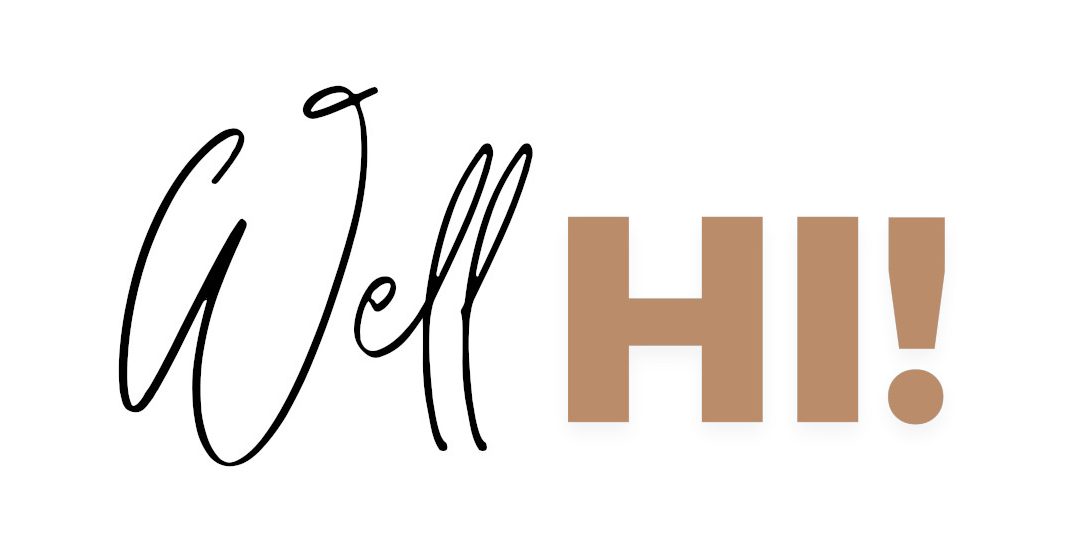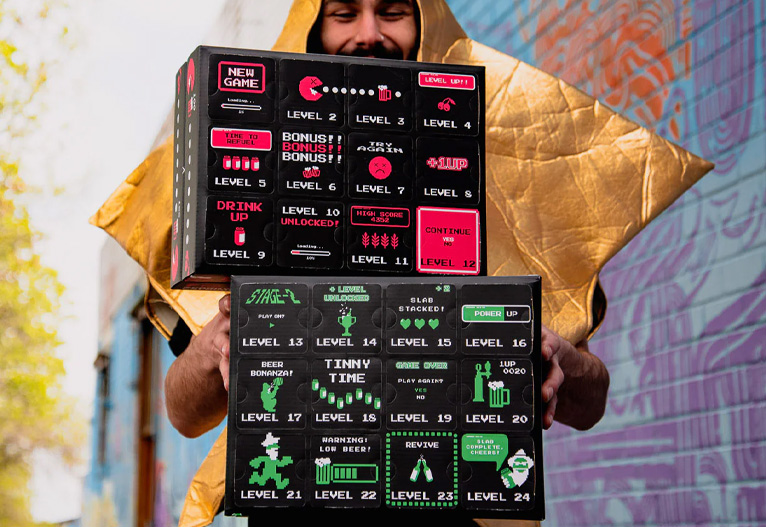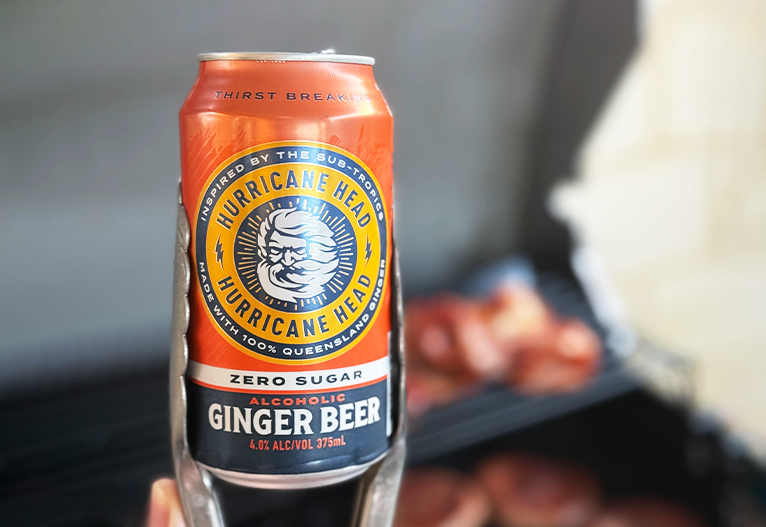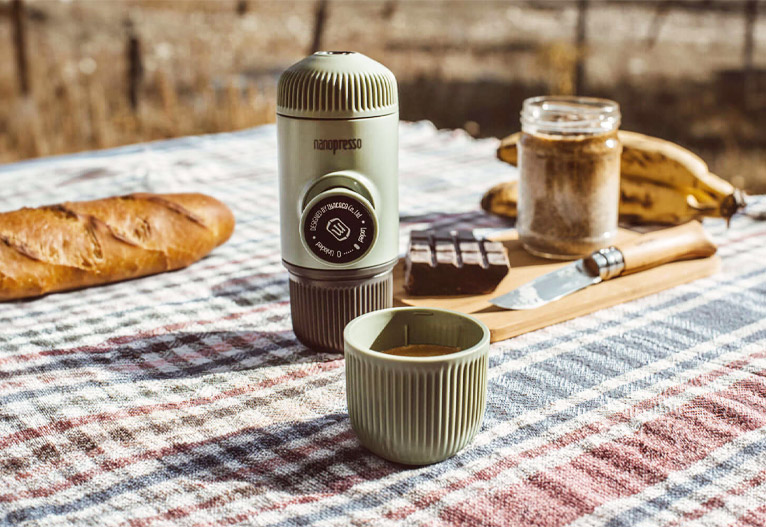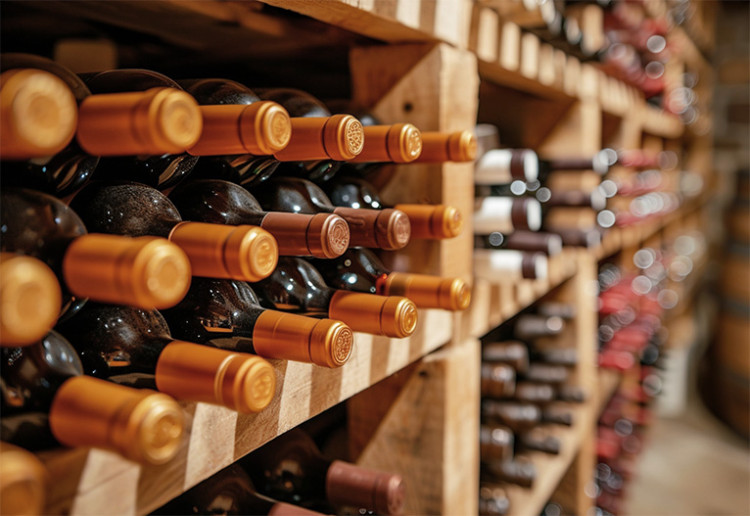Collecting wine is about passion as much as patience. An expert shares how to build a wine collection that rewards you over time.

Fabio Magliano is an Italian sommelier and restaurateur with more than 25 years of experience across Europe and Australia. Raised in a wine-producing family near Italy’s Amalfi Coast, Fabio began working alongside his chef uncle at age 14 and later honed his skills at Michelin-starred restaurants, including Locanda Locatelli in London. Now based in Melbourne, he is the co-owner of Buono in Parkdale and Sincero in Malvern – two restaurants that reflect his passion for authentic Italian hospitality, reimagined with a touch of adventure. Fabio curates the wine and cocktail menus at both Buono and Sincero, sharing his deep knowledge and passion to help guests discover new favourites with confidence.
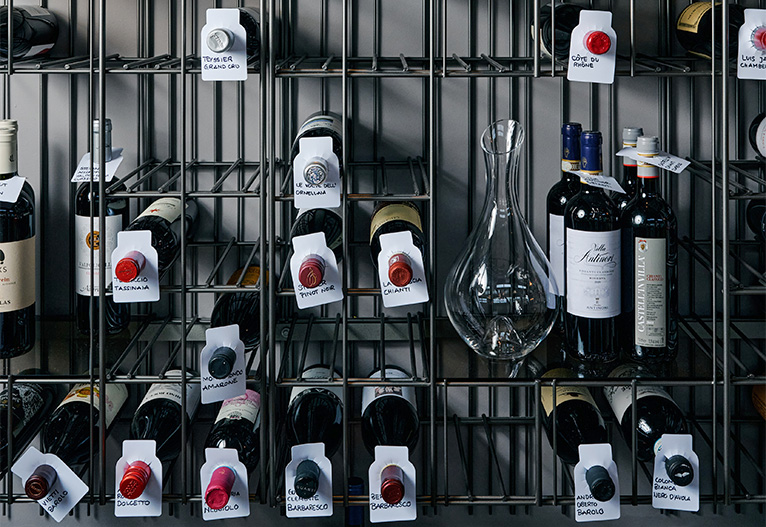
For me, collecting wine is a journey, much like reading a book. You begin with something light and approachable, and as you turn the pages, you dive deeper, discovering new layers of character and complexity.
Here are my recommendations for how to build a wine collection:
Define your purpose
There are three main reasons for collecting wine:
- For drinking: build a collection around the wines you enjoy most.
- For investment: focus on wines good for ageing, such as Bordeaux, Barolo or Burgundy.
- For learning: explore different regions, vintages and grape varieties, especially indigenous ones that you won’t easily find in mainstream shops.
Understanding your purpose will guide every decision you make.
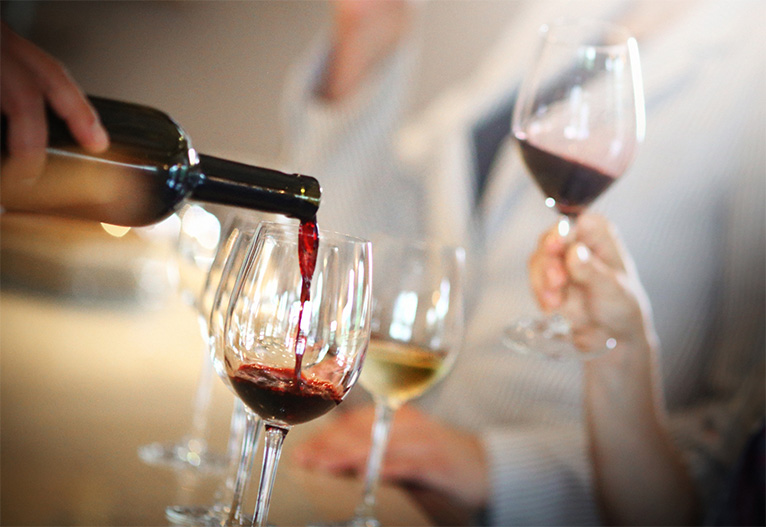
Set a budget
When building a wine collection from scratch, start with six or twelve bottles and let your cellar grow slowly over time. I think of it in three tiers:
- $20–50 per bottle for everyday drinking.
- $50–150 for more selective choices, where you start focusing on producers and regions.
- $200+ for serious investment wines, which can age for decades.
And remember: price isn’t everything. Wine is emotion. A $20 bottle that carries personal meaning can be just as enjoyable as a $200 one.
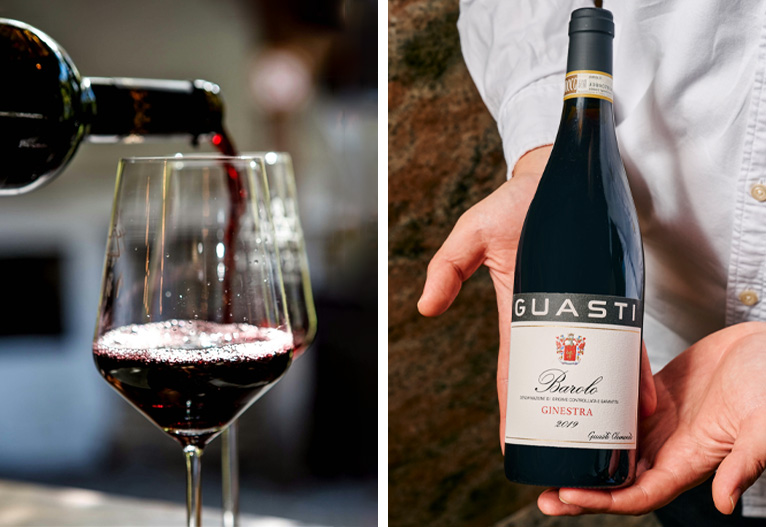
Explore diverse regions and styles
When you’re ready to expand, think about the balance of your collection. I divide mine between Old World wines – like Bordeaux, Burgundy, Barolo and Rioja – and New World styles such as Napa Cabernet, Barossa Shiraz, New Zealand Pinot Noir and Marlborough Sauvignon Blanc.
I recommend including a few special bottles for memorable occasions, such as Champagne – either vintage or prestige cuvées. Don’t forget about sweet and fortified wines too: a rich Sauternes, a Hungarian Tokaji, or a Port can all add another dimension to your cellar.
Source carefully
The most reliable way to buy is through trusted wine shops and importers, though auctions are excellent for finding rare vintages and bargains. Buying directly from wineries can also be rewarding, though it’s less practical if you’re chasing bottles from overseas.
For beginners, I always recommend starting with wines you can keep for two to five years. It keeps costs down and gives you more opportunities to enjoy the wines now, rather than waiting decades for ageing wines to mature.
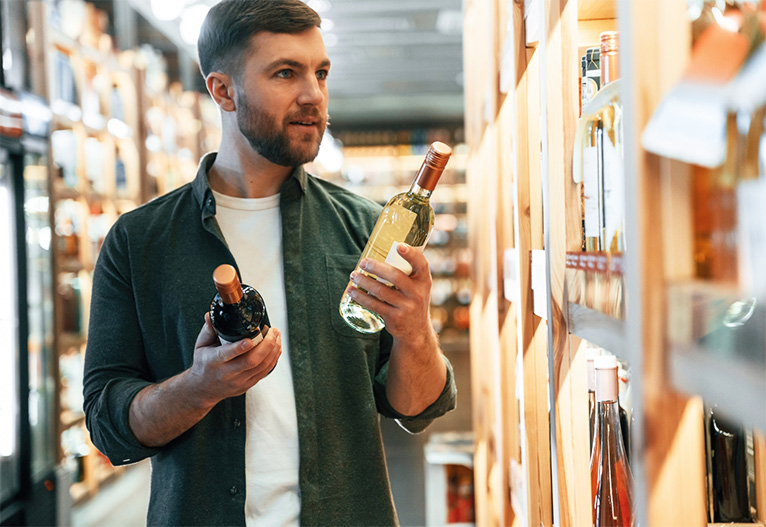
Store well
Storage is critical when starting a wine collection. Wine needs a stable environment: ideally 12–14°C, 60–70% humidity, no direct light, and bottles stored horizontally. Beginners can start with a wine fridge (there are excellent models under $1,000), while larger collections call for a dedicated cellar.
To keep your cellar well-organised, I recommend dividing it into three sections:
- Drink young: rosé, Sauvignon Blanc, or Beaujolais.
- Medium-term (3–5 years): Chianti, Pinot Noir, or German Riesling.
- Long-term (10–30 years): Barolo, Burgundy, Napa Cabernet, or Port.
Keep good records, too, either through an app or a simple spreadsheet. Over time, you’ll appreciate knowing exactly what you have, where it’s from and when to open it.
Expand your horizons
Exploring the world through wine is one of the most exciting parts of collecting. It lets you study the differences between regions and discover flavours you won’t find anywhere else. Opening two bottles of the same grape from different regions side by side is a brilliant way to learn – and it sparks conversation around the table.
In Europe, especially in France and Italy, countless small regions produce remarkable wines. As with travel, the best discoveries often come from the less touristy places.
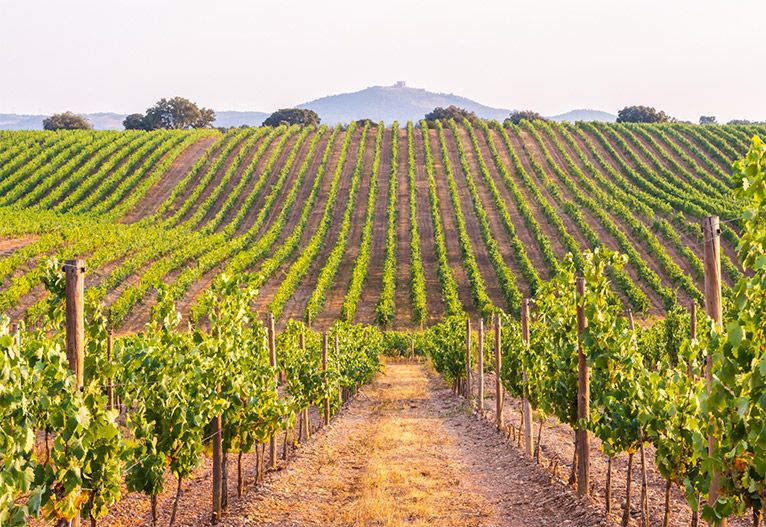
Indigenous varieties from countries like Turkey, Morocco or Lebanon can also be extraordinary, bringing individuality to your collection.
We also have incredible varieties on our own doorstep, with each Australian region offering something unique. My top recommendations are Barossa Shiraz, McLaren Vale’s Italian varietals, Mornington Peninsula Pinot Noir and Western Australian Chardonnay.
Tell your own story
Starting a wine collection is about balance: choose wine you love, store it properly and let curiosity guide you. Follow these three principles and your cellar will tell the story of your journey with wine.
In the end, collecting is as much about the memories and experiences as it is about taste – and those memories come alive each time you open a bottle with family or friends.
Do you have your own wine collection? How do you choose what you add to it?
